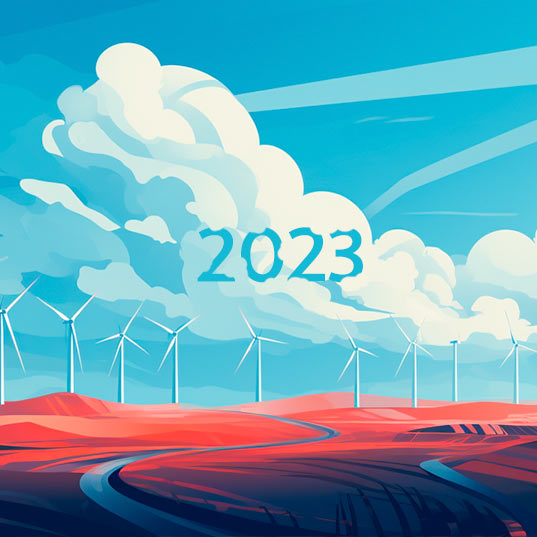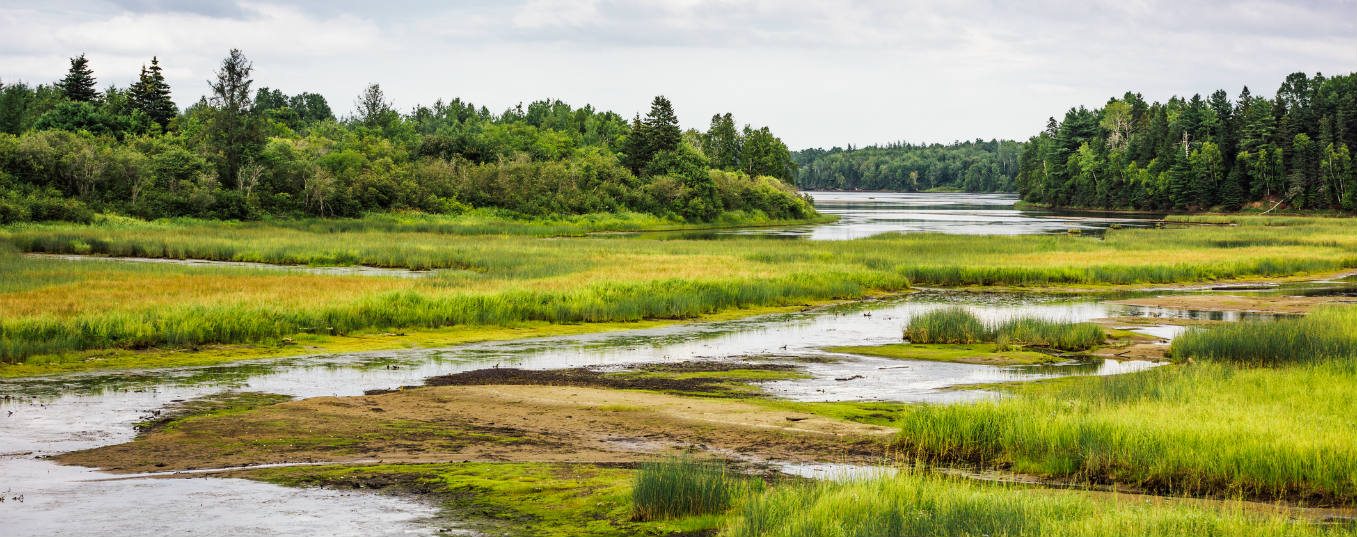Desalination and water reuse to tackle droughts
Among the measures governments are introducing to tackle drought, water reuse for agriculture and desalination will be crucial
Climate change is placing in question the notion that Earth is the “blue planet”. There have always been droughts, but now they’re becoming more common and severe. Over the past two decades, they have affected 1.4 billion people worldwide and increased in number and duration by nearly 30% since the year 2000.
The UN has warned that 3.6 billion people have inadequate access to water during at least one month a year and it expects this figure to rise to 5 billion by 2050.
Africa might be experiencing the most serious effects, but no continent is free of the steady advance of this phenomenon. This winter has been the driest since the middle of the last century in most of Europe. But countries are already introducing measures to mitigate the droughts.
What will I learn from this article?
Drought hits Europe after one of the driest winters
Only as recently as February 2023, we saw the unprecedented images from Venice suffering from drought. Its canals empty of water, making it impossible for gondolas to move around, exposing the foundations of its palaces.
 This unusual “postcard from Venice” was the consequence of several meteorological factors. As well as the obvious lack of rainfall in northern Italy, high atmospheric pressure, changing sea currents affecting the lagoon and the full moon also influenced conditions.,
This unusual “postcard from Venice” was the consequence of several meteorological factors. As well as the obvious lack of rainfall in northern Italy, high atmospheric pressure, changing sea currents affecting the lagoon and the full moon also influenced conditions.,
But water shortage in Italy amounts to more than a Venetian anecdote. The country has recently been experiencing droughts more akin to summer. The River Po has dropped to the volume it had in June last year. Some sections are almost dry and we are still in spring. In the Lombardy region, home to Lakes Como and Garda, there’s almost 60% less water than the historical average.
Against this, the government decided to create an extraordinary commission to improve water management and boost savings initiatives. Thankfully, the margin for improvement is large. Of the water supplied to Italian homes alone, 40% of the total is lost through leaks.
35 days without rainfall in France and more than a year of drought in Spain
In France, Emmanuel Macron’s government has asked prefectures to start taking “restrictive” measures in the management and distribution of water in the seven hydrographic basins of metropolitan France.
The country fears a more serious and profound drought than that of 2022, which itself was considered to be historic. The summer drought has now been followed by a dry winter where not a drop of water fell for 35 consecutive days running– more than a month without rainfall.
Macron’s government plans to increase water tariffs and apply techniques such as the reuse of wastewater. This latter measure consists of taking the water treated in sewage plants and using it for other ends, such as irrigation of crops, industry and even domestic use. This means reducing the amount of freshwater used for these ends, which will simultaneously reduce the pressure on water resources during droughts.
As for the Iberian Peninsula, it continues to suffer a situation of meteorological drought that began well over a year ago, in January 2022. In Spain, especially, after experiencing the second driest March of the century, April began with even worse data, scarcely three liters per square meter nationwide. According to the National Meteorological Agency, the forecast for the rest of spring is the same.
The serious drought affecting more than half of Spain is becoming more acute. The impact is already evident in the agricultural sector. Lack of water is noticeable across 60% of rural Spain and has produced irreversible losses over 3.5 million hectares of dry farming land, says the crop and livestock farmers’ organization, COAG.
In the face of this crisis, seawater desalination and recycling of treated sewage water are becoming effective, sustainable alternatives in mitigating the problem and ensuring crops can be watered during the water shortage.
Spain is already leading Europe in the amount of water it desalinates and reuses on a large scale. “Today we are irrigating with, and drinking, water from the sea along all the Mediterranean coast from Girona to Huelva,” explained Manuel Navarro, director of ACCIONA’s Water for Agriculture program at an event the company held with the newspaper El País to discuss the subject of desalination.
Water reuse: a crucial strategy for managing drought
Perhaps the best news to come out of the United Nations Conference on Water held in March was that water has at last leapt up the global political agenda. The obvious importance of water in relation to health, sustainable development and the climate crisis was recognized at the event.
 Demand for water is expected to outstrip supply by 40% by the end of the decade. The climate crisis is also the water crisis: drought, melting, floods, intense rainfall… global warming has left a very visible footprint in its wake and it is clear how climate change is affecting the water cycle.
Demand for water is expected to outstrip supply by 40% by the end of the decade. The climate crisis is also the water crisis: drought, melting, floods, intense rainfall… global warming has left a very visible footprint in its wake and it is clear how climate change is affecting the water cycle.
Yet there is hope. Technology and innovation are our best possible allies in forecasting drought and managing water efficiently and sustainably. The French government is not the only one opting for wastewater reuse to mitigate the situation.
Innovative solutions are being developed in this area to respond to growing water demand for agricultural use, urban irrigation, recreational activities and recharging aquifers in the face of saltwater intrusion.
Most water reuse is concentrated on wastewater exploitation projects, though. Wastewater treatment consists of a series of physical, chemical and biological processes that eliminate water pollutants so that humans can
In Egypt, for example, four wastewater plants alone are able to treat water for reuse equivalent to a consumption of a population of 500,000. Liters and liters of treated wastewater goes to irrigation activities.
As such, sewage plants and water reuse helps reduce the pressure on water resources by recycling used water and returning it to the environment safely and efficiently.
We need to keep creating solutions for water shortages and sanitation in order to guarantee access to this vital resource, cover the increase in demand, and supply it to farmers and essential food producers. Water treatment is an essential component of a sustainable future.
Sources:




